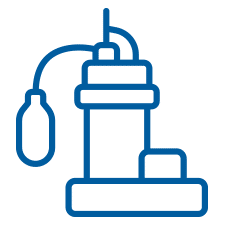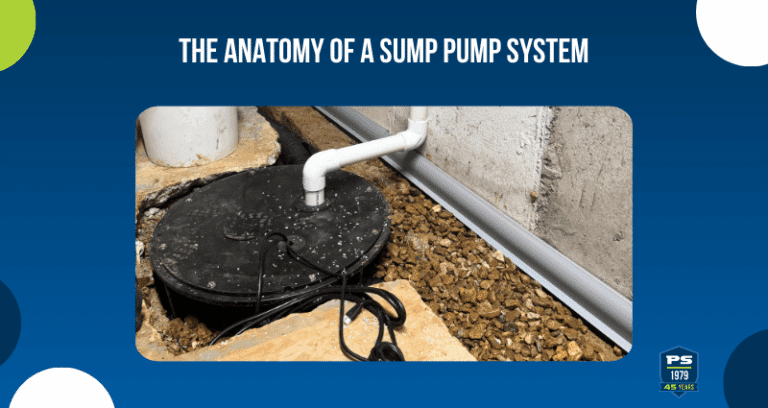
What Every Homeowner Should Know
When it comes to protecting your basement from water damage, a sump pump system is one of your home’s most important lines of defense. But what exactly makes up a sump pump system? Understanding the components—and how they work together—can help you make informed decisions about maintenance, upgrades, or replacements.
Let’s break down the anatomy of a sump pump system, including essential features like battery backup systems and sump pump monitoring technology.
1. The Sump Pit (or Basin)
Everything starts with the sump pit, a specially constructed hole in your basement floor. It’s usually located at the lowest point of the basement to collect water from interior drain tile systems, surface runoff, or natural groundwater seepage. The pit acts as a reservoir, collecting excess water before it becomes a problem.
Tip: A properly sized and clean sump pit helps your pump work more efficiently and last longer.
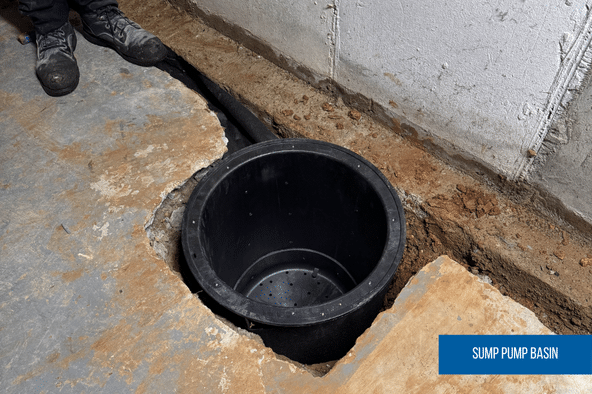
2. The Primary Sump Pump
The primary sump pump sits inside the sump pit and is responsible for pumping collected water out of your home. There are two main types:
- Submersible Pumps: Installed below water level, these are quieter and more powerful.
- Pedestal Pumps: Mounted above the pit, these are easier to service but louder and less efficient.
Once water in the pit reaches a certain level, a float switch triggers the pump to start, pushing water out through a discharge line that directs it safely away from your foundation.

3. Battery Backup Sump Pump
Even the best sump pump is only as reliable as your electricity. That’s where a battery backup sump pump comes in.
A battery backup system activates automatically when:
- The primary pump fails
- Power goes out during a storm
- The water inflow overwhelms the main pump
Backup pumps run on deep-cycle batteries and can operate for several hours (or even days) depending on the battery capacity. At Perma-Seal, we strongly recommend battery backups as part of a comprehensive waterproofing solution—because storms and power outages often go hand in hand.
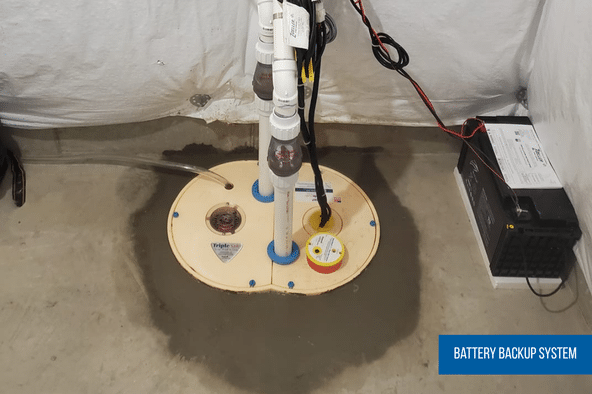
4. Sump Pump Monitoring System
Modern sump pump systems can now include smart monitoring technology, like our basement defender system, that adds peace of mind and real-time updates. These systems typically include:
- Wi-Fi or cellular-connected controllers
- Mobile app notifications for pump activity, power failure, or high water alerts
- Remote battery health checks
Perma-Seal offers sump pump systems with built-in monitoring to notify you before a problem becomes a disaster. Whether you’re at work or on vacation, you’ll always know how your system is performing.
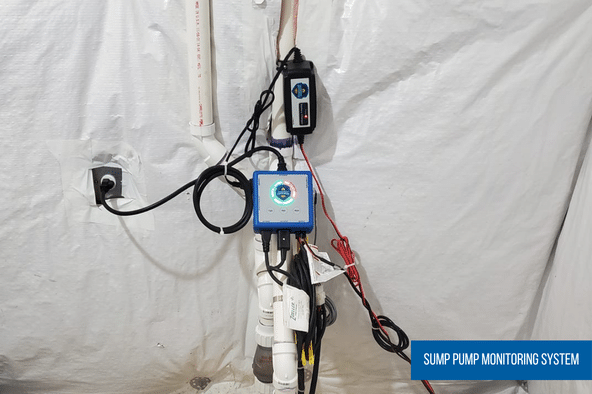
5. Discharge Line & Check Valve
After water is pumped from the sump pit, it travels through a discharge line—usually a PVC pipe that leads outside your home. A key component here is the check valve, which prevents pumped water from flowing back into the pit.
This backflow prevention is essential. Without it, your pump would work harder than necessary, potentially wearing out faster.
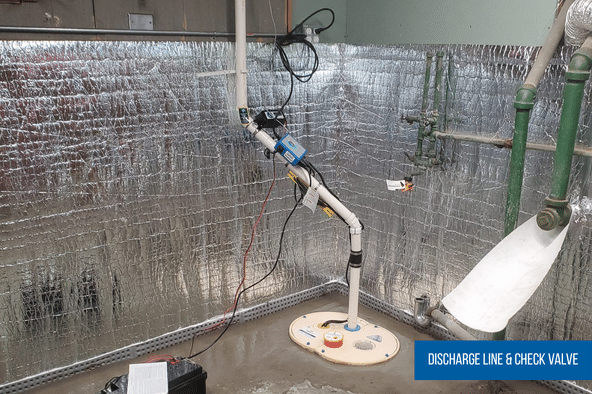
Why Every Part Matters
Each component of your sump pump system plays a critical role. When they work together seamlessly, you can rest easy knowing your basement is protected. But just one weak link—like a faulty float switch or a missing battery backup—can put your home at risk of flooding.
At Perma-Seal, we don’t just install sump pumps. We install complete basement waterproofing systems that include:
Our Final Thoughts: Invest in a Complete Sump Pump System
Whether you’re upgrading an old pump or building a new home, knowing the anatomy of your sump pump system helps you make better choices. Don’t settle for the bare minimum—opt for a system that includes power redundancy and real-time monitoring.
If you’re unsure about your current setup, contact Perma-Seal by clicking the button below or by calling 800-421-7325 for a free inspection. We’ll walk you through your options and help you build a system that gives you confidence—even when the weather turns ugly.






